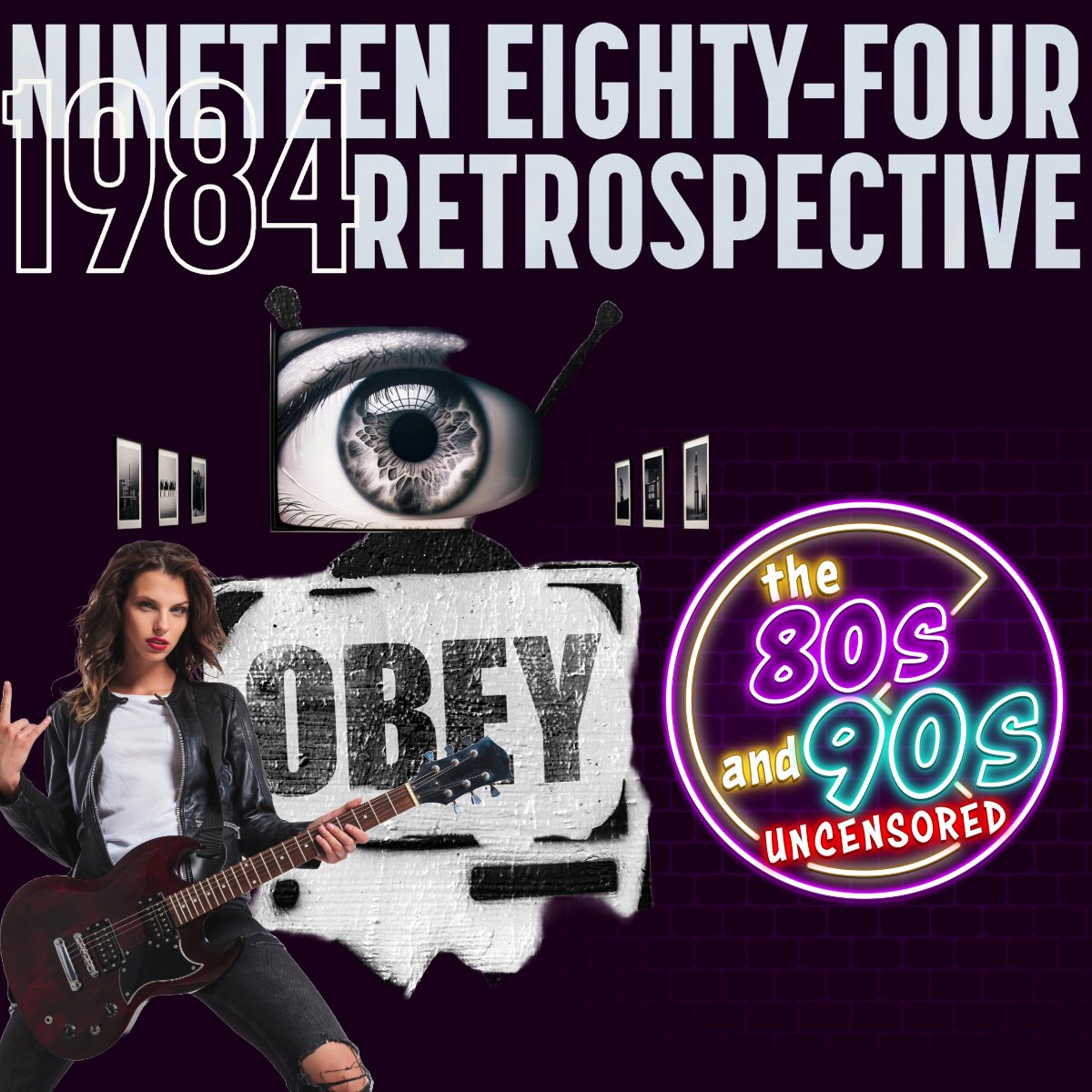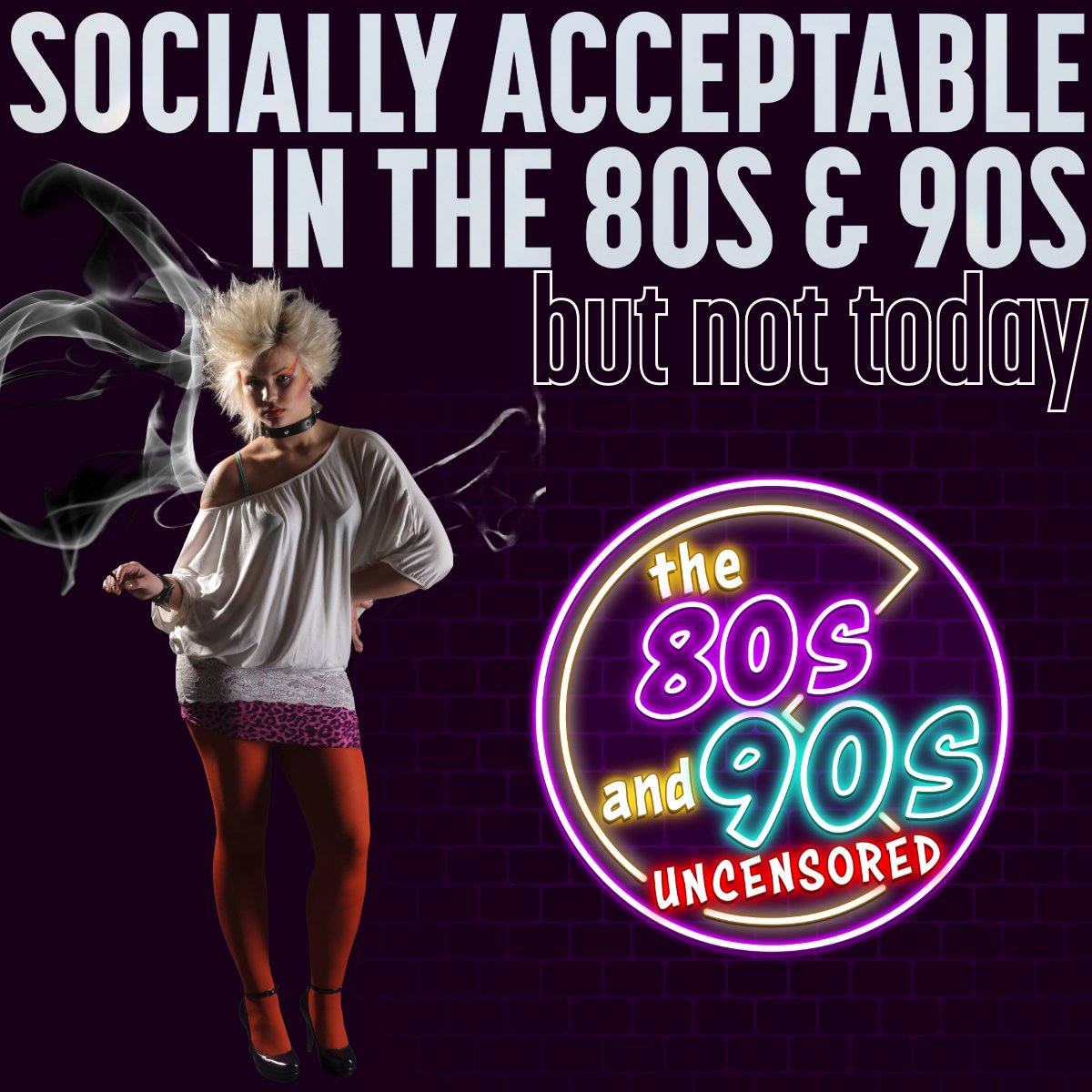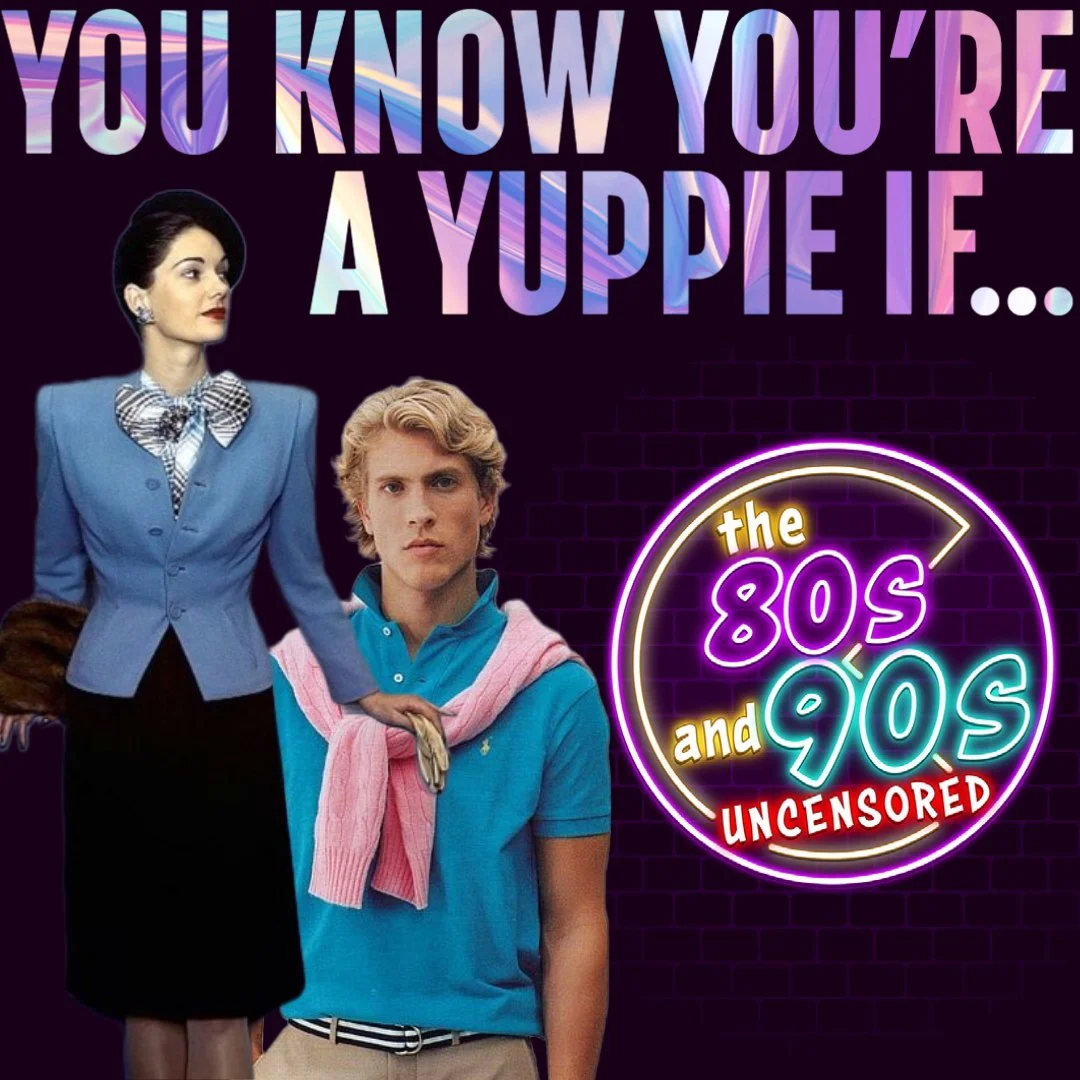The Top 10 News Events Every 80s Kid Remembers Watching on TV
If you grew up in the 1980s, you probably remember your family gathered around the television not just for The A-Team or Cheers but for the news. Before smartphones, streaming, and even 24/7 cable saturation, major events unfolded live on broadcast TV. For kids of the 80s, these moments weren’t just news headlines. They became shared cultural memories.
Here are the top 10 news events that 80s kids remember watching on TV, the ones that shaped our understanding of the world before we even realized it.
1. John Lennon’s Death (1980)
On December 8, 1980, John Lennon was shot outside the Dakota, his New York apartment building. News anchors interrupted regular programming to deliver the shocking update. For parents, Lennon was more than a musician. He symbolized the cultural revolution of the 1960s, and his death felt like the end of an era.
For kids, the coverage was intense and emotional. Even if they weren’t Beatles fans, they saw how deeply adults were affected. Candlelight vigils and footage of sobbing fans made it clear that this was not just another news story. It was the loss of someone who had influenced music, art, and peace movements around the world.
Ted Koppel reports the death of John Lennon on ABC News, December 8, 1980.
2. President Reagan’s Assassination Attempt (1981)
On March 30, 1981, just 69 days into his presidency, Ronald Reagan was shot outside the Washington Hilton Hotel by John Hinckley Jr. The footage of Secret Service agents shoving Reagan into his limousine was replayed endlessly on television. For kids, the event was frightening because it showed that even the President of the United States was not safe from violence.
The news dominated the airwaves. Families sat glued to the television for updates on Reagan’s condition, as well as reports on the others wounded, including press secretary James Brady. It was one of the first times many children realized that the political world could be just as dangerous as the action movies they watched.
John Chancellor reports president Reagan's assassination attempt on NBC News, March 30, 1981.
3. Prince Charles and Lady Diana’s Wedding (1981)
On July 29, 1981, an estimated 750 million people around the world tuned in to watch the wedding of Prince Charles and Lady Diana Spencer. It was broadcast live across time zones, turning morning cartoons into pageantry for American kids.
Even if you didn’t fully understand royalty, it felt like watching a fairy tale. Diana’s enormous gown, the horse-drawn carriages, and the grandeur of St. Paul’s Cathedral captured imaginations everywhere. For many children, it was the first time they saw a real-life “princess,” and the moment defined royal glamour for a generation.
Dan Rather reports on the wedding of Prince Charles and Lady Diana Spencer - CBS Evening News - July 29, 1981
4. The First Space Shuttle Launch (1981)
Just a few months earlier, on April 12, 1981, the Space Shuttle Columbia launched into orbit, marking the first reusable spacecraft in history. Unlike the Apollo missions, which were part of the 60s and early 70s, the Shuttle program felt like it belonged to kids of the 80s.
Families gathered around televisions to watch liftoffs, which were often covered live by all the major networks. Shuttle launches became recurring national events. For children, the shuttle wasn’t just science. It was the future. NASA even created educational materials for schools, and astronauts frequently visited classrooms via satellite to inspire the next generation.
Marvin Scott reports the first space shuttle launch from Cape Canaveral on April 12, 1981.
5. Live Aid (1985)
On July 13, 1985, musicians across two continents performed in one of the most ambitious charity concerts ever organized. Broadcast live to nearly 2 billion people, Live Aid was designed to raise money for famine relief in Ethiopia. The concerts in London and Philadelphia featured Queen, U2, David Bowie, Madonna, and countless others.
For kids, it was unlike anything they had ever seen. Music was suddenly more than entertainment. It was activism. Freddie Mercury’s commanding performance with Queen remains one of the most replayed concert moments in history. Children watching learned that celebrities could use their fame to make a difference, a concept that still influences pop culture today.
Freddie Mercury and Queen vibe hard with the audience at Live Aid, 1985.
6. The Space Shuttle Challenger Disaster (1986)
January 28, 1986, was supposed to be a historic day. Teachers wheeled televisions into classrooms so students could watch Christa McAuliffe, a teacher from New Hampshire, blast off as the first civilian in space. Instead, 73 seconds after liftoff, the Challenger exploded in the sky.
The tragedy was broadcast live to millions, including children who had been encouraged to watch. The shock was immediate and devastating. It was one of the first times many kids confronted sudden, public tragedy. The Challenger disaster became a defining moment not only for NASA but for an entire generation that learned how fragile even the boldest dreams could be.
NBC’s Dan Molina reports on the space shuttle Challenger disaster.
7. The Chernobyl Disaster (1986)
On April 26, 1986, a reactor at the Chernobyl nuclear power plant in the Soviet Union exploded, releasing radioactive material into the atmosphere. While much of the initial information was hidden by Soviet authorities, television reports in the U.S. soon revealed the enormity of the disaster.
For kids, the idea of an invisible danger traveling across borders was terrifying. News footage of evacuated towns, children in hospitals, and scientists in protective suits looked like something out of science fiction. Chernobyl made nuclear energy and the Cold War feel real in a way that no classroom discussion ever could.
CBS Boston reports on the Chernobyl nuclear disaster of 1986.
8. The Rescue of Baby Jessica (1987)
In October 1987, 18-month-old Jessica McClure fell into a well in Midland, Texas. For 58 hours, news networks covered the desperate rescue attempt. Cameras rolled as firefighters, paramedics, and volunteers worked around the clock to save her.
The nation held its breath, and when Jessica was finally pulled to safety, the country erupted in celebration. For children watching, it was an unforgettable story of hope and heroism. It showed that even in frightening circumstances, communities could come together to achieve the impossible.
KIRO 7 News report on the rescue of Baby Jessica, October 16, 1987
9. The 1989 San Francisco Earthquake (World Series Interrupted)
On October 17, 1989, baseball fans tuned in for Game 3 of the World Series between the San Francisco Giants and Oakland A’s. Just before the first pitch, the broadcast cut out as a powerful earthquake struck the Bay Area.
Television quickly shifted from baseball coverage to scenes of collapsed freeways, damaged buildings, and frightened residents. For kids, it was shocking to see a sporting event overtaken by a natural disaster. It was a reminder that life could change in an instant, even during something as routine as a ballgame.
NBC News Flashback: World Series stopped by the Loma Prieta Earthquake
10. The Fall of the Berlin Wall (1989)
On November 9, 1989, television cameras captured history as Berliners from both East and West climbed atop the Berlin Wall. They chipped away at the concrete, cheered, and embraced strangers. For decades, the Wall had been a symbol of the Cold War. Suddenly, it was crumbling in real time.
For American kids, the Cold War had always been part of the background. Nuclear drills, action movies with Russian villains, and constant news about “the Soviets” created a sense of tension. Watching the Wall come down was a moment of relief and hope. It felt like the world was changing for the better.
The BBC reports on the fall of the Berlin Wall, November 9, 1989.
Why These Moments Stuck with Us
Unlike today, when kids can scroll past headlines on social media, 80s kids did not have that choice. News was communal. If something big happened, you sat with your family and watched it unfold together.
These moments were not just headlines. They became personal memories, etched into the glow of the TV screen. They taught us about triumph and tragedy, unity and division, innocence and the loss of it. For 80s kids, the world was not always simple, but it came into our living rooms in real time, and we never forgot.
















The guys get serious to discuss the history and passage of the Americans with Disabilities Act (ADA). The ADA was signed into law on July 26, 1990.